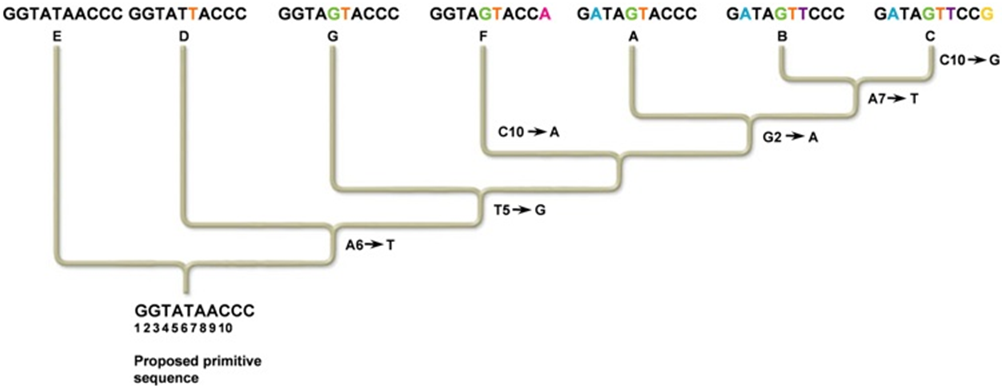Did your problem-solving process lead you to the correct answer? If not, where did the process break down or lead you astray? How can you revise your approach to produce a more desirable result?
What will be an ideal response?
This question asked you to apply principles of hydrogen bonding to the properties of water. If you got
the correct answer, great job! If you got an incorrect answer, where did the process break down? Did you
recall the structure of water and types of bonds it forms?
You might also like to view...
If chromosomal DNA from a host and phage DNA are carried by a transducing particle, what can be concluded regarding transduction in this case?
A. Transduction in this case is neither generalized nor specialized. B. Transduction in this case could be generalized or specialized depending on the phage involved. C. Transduction in this case is specialized rather than generalized. D. Transduction in this case is generalized rather than specialized.
What nucleotide change is a shared derived character for species A, B, and C, but not for species G?
Note: A,T,G, and C refer to nucleotide bases, and the numbers refer to the position of the base in the nucleotide sequences. For example, A6 refers to an adenine at the sixth position.

A. Changing the second G to an A is common to species A, B, and C, but not to species G.
B. Changing the fifth T to a G is common to species A, B, and C, but not to species G.
C. Changing the second G to a T is common to species A, B, and C, but not to species G.
D. Changing the second G to an A and the fifth T to a G is common to species A, B, and C, but not to species G.
E. None of these show a change in derived characteristics for A, B, and C that are not found in G.
Exposed plant tissues are covered by ________ tissue
a. ground b. shoot c. dermal d. vascular
Name two genera of bacteria that are acid fast.
What will be an ideal response?